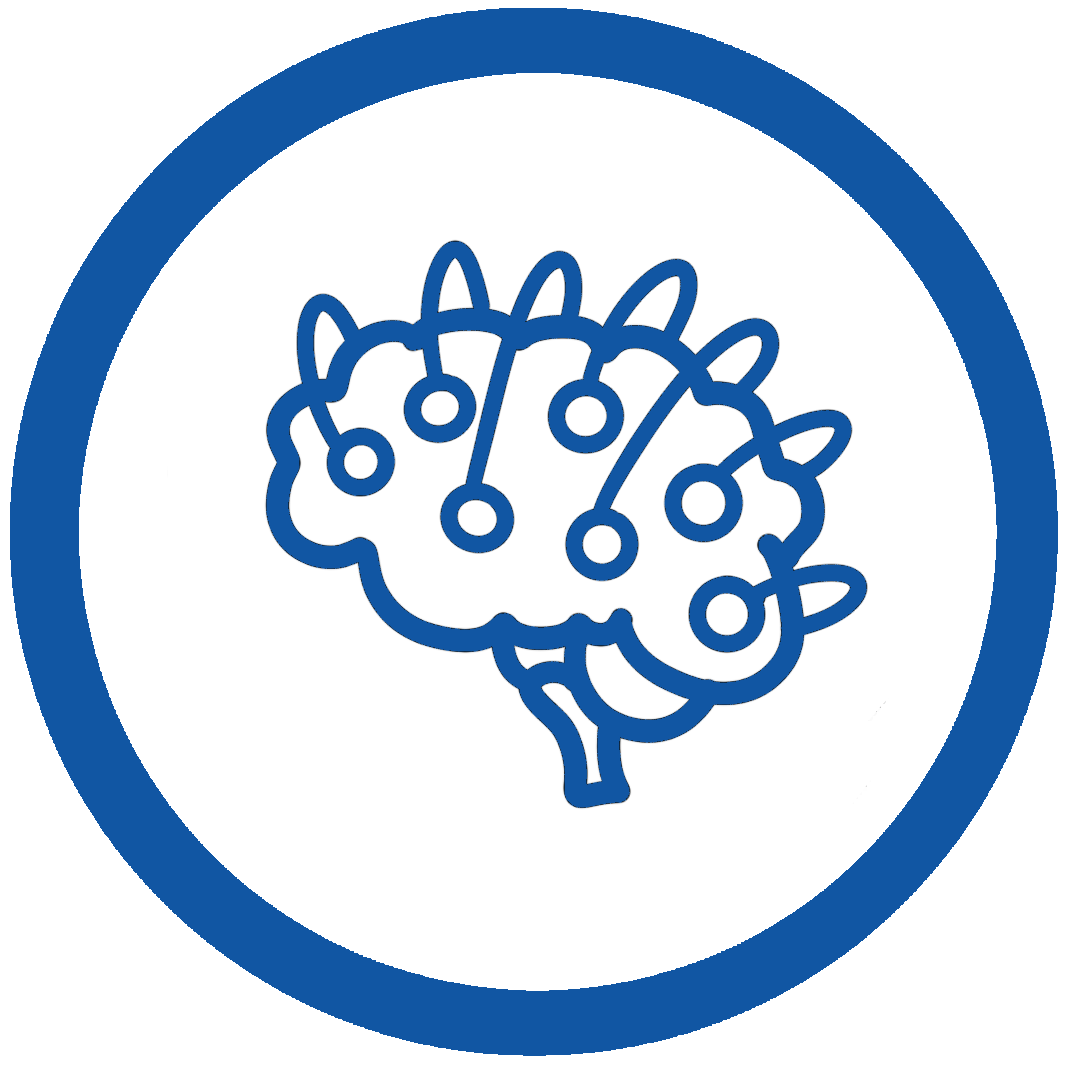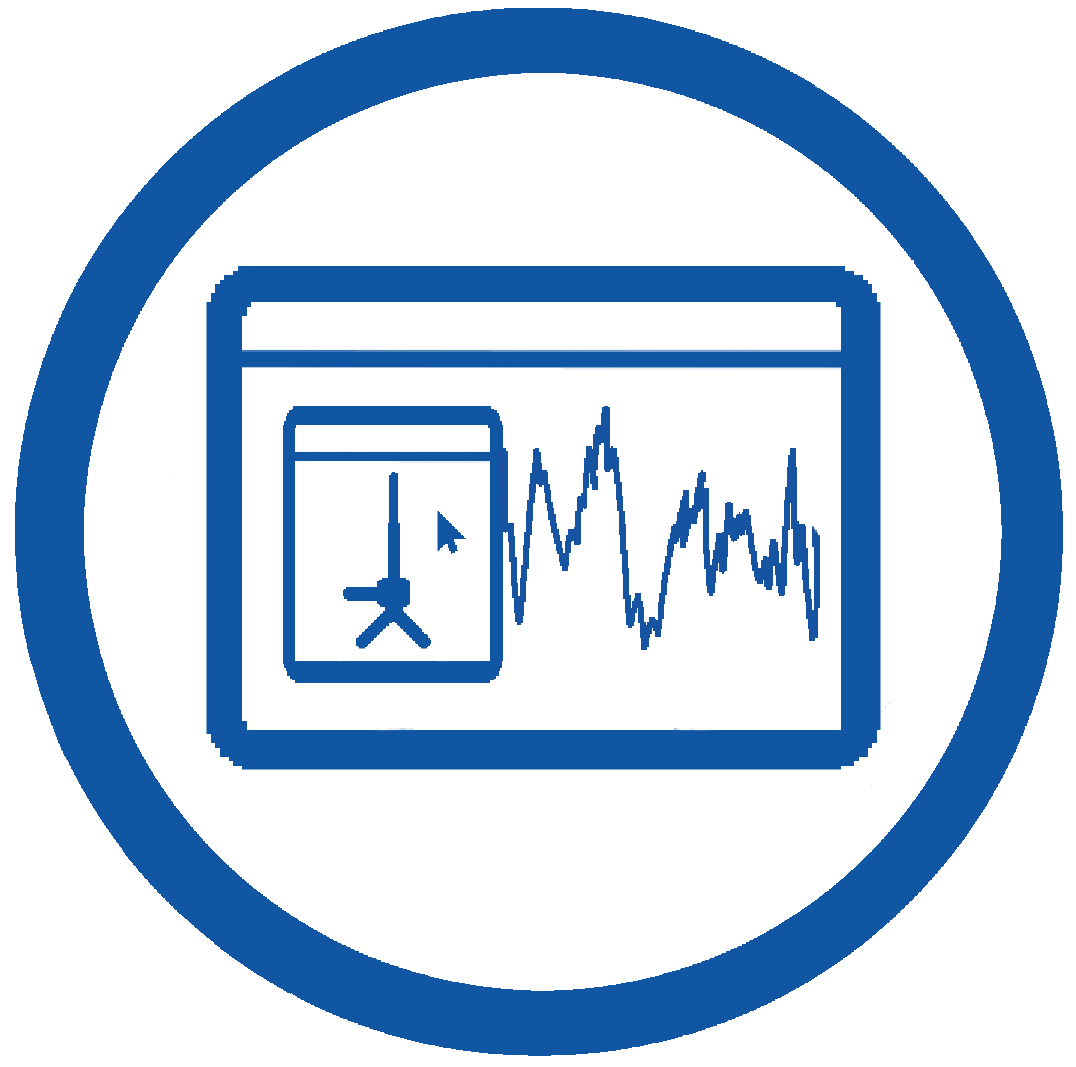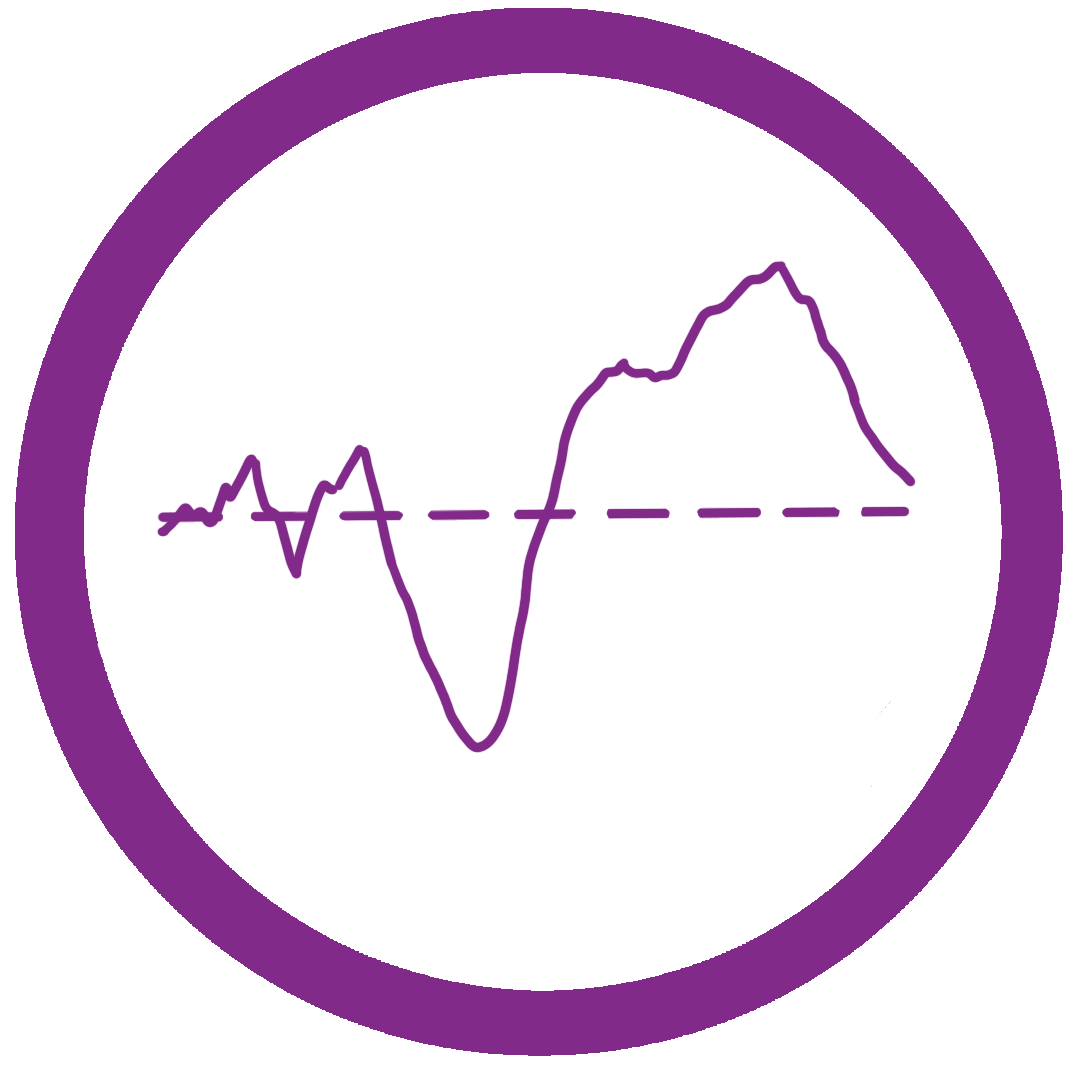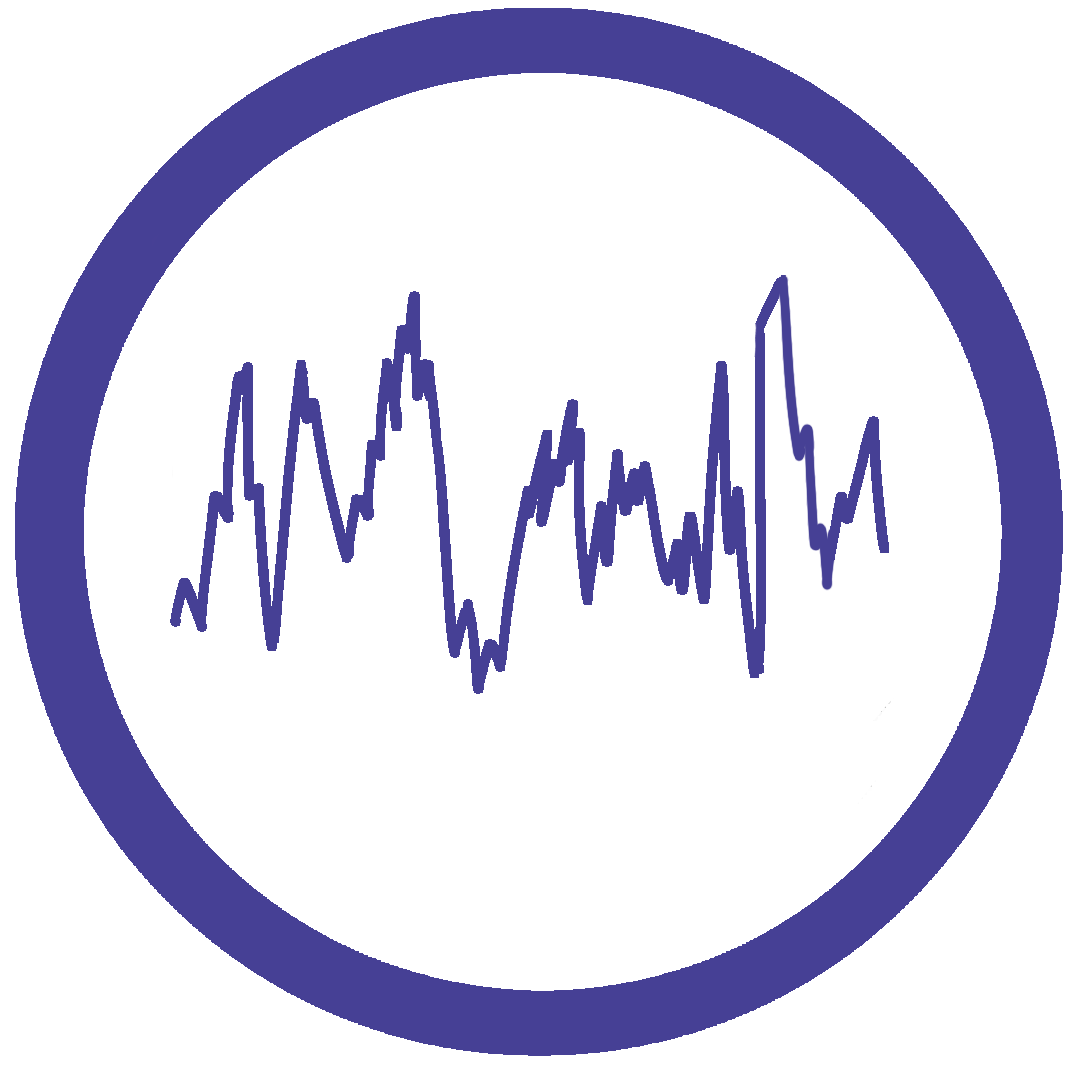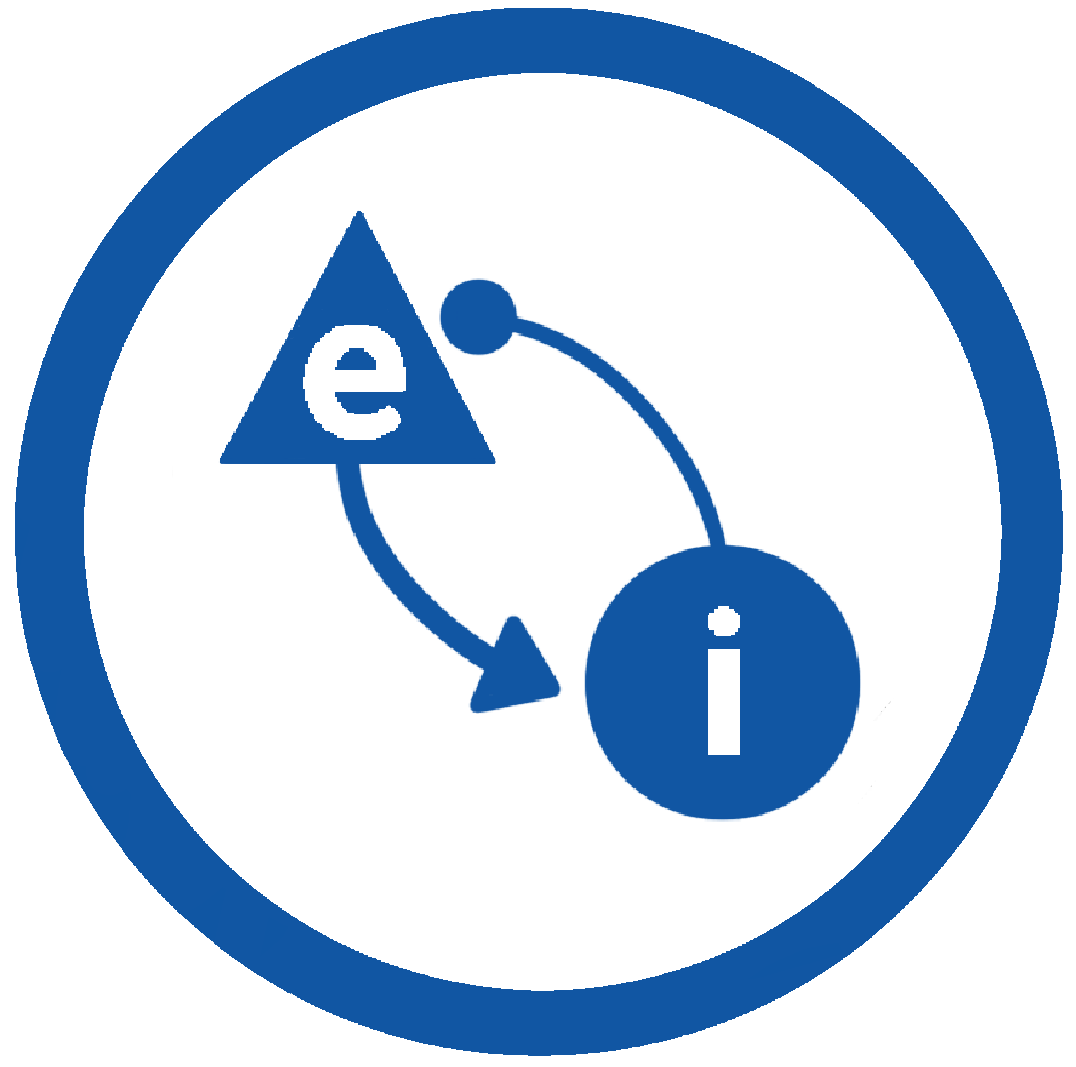HNN-GUI Tutorials

Overview
The overall simulation process in HNN is similar to that in any large-scale neural model study. Working with large-scale neural models is challenging because not all parameters can be estimated at once. In practice, pieces of the model (e.g. individual cells and synaptic connections) are developed and parameters are tuned and fixed based on best-known biophysical constrained (e.g. morphology and physiology). Once an acceptable baseline model is developed, most parameters are fixed and parameter tuning and estimation are performed on a limited targeted set of parameters to test hypotheses on how those parameters contribute to specific signals of interest and changes in the signal across experimental conditions/subjects.The underlying neocortical column model distributed with HNN has been pre-constructed and tuned based on current-day knowledge of generalizable principles of neocortical circuitry and the biophysical origin of M/EEG current sources signals. The template neocortical model was developed and applied in several prior publications. Simulation experiments in HNN begin by “activating” the neocortical column model based on the experimental conditions and questions of interest in your study and “tuning” a targeted set of parameters to develop and test hypotheses on cell and network configurations that can provide a close fit to data.
In the tutorials provided here, we demonstrate how we “activated” the HNN network and tuned parameters to study the neural underpinnings of several of the most commonly recorded EEG/MEG signals, including event-related potentials (ERPs) and low-frequency rhythms:
- Event Related Potentials (ERPs) (0-175ms)
- Alpha (7-14Hz) and Beta Rhythms (15-29Hz)
- Gamma Rhythms (30-80Hz)
These examples are based on our published studies investigating spontaneous and evoked neural dynamics source localized to the primary somatosensory cortex1–5. By learning how to simulate these signals, you will gain a general sense of the workflow to begin testing hypotheses on the origin of your data. The HNN software provides a canonical neocortical circuit template model, data sets, and initial parameter sets to work with, based on our prior studies. We take you step-by-step through the parameter settings required to replicate our experimental data, describe how to compare experimental data to the model output, and how to adjust parameters to test alternate hypotheses on signal generation.
Importantly, our tutorials of use are not intended to propagate singular theories on the generation of any particular brain rhythm or ERP signal. Rather, they are meant to guide you in the simulation process in HNN and to provide a pre-tuned starting point for your investigation based on the best-known biophysics of neocortical circuitry and M/EEG primary current source generation. Please see "Getting Started" for further background information and a discussion of expansion to other more specialized neocortical template models.
Importantly, our tutorials of use are not intended to propagate singular theories on the generation of any particular brain rhythm or ERP signal. Rather, they are meant to guide you in the simulation process in HNN and to provide a pre-tuned starting point for your investigation based on the best-known biophysics of neocortical circuitry and M/EEG primary current source generation. Please see "Getting Started" for further background information and a discussion of expansion to other more specialized neocortical template models.
Step-by-Step Simulation Process
Each of our tutorials follows the following logic and step-by-step process:
- Load your M/EEG waveform data (optional)
- Load a cortical column network structure (starting template is provided - see HNN Template Model)
- “Activate” the local network by defining layer-specific driving inputs (templates provided). The driving input can be in the form of (i) spike trains (single spikes or bursts of rhythmic input) that activate post-synaptic targets in the local network, (ii) current clamps (tonic drive), or (iii) noisy background drive. The framework of the spike train drive is discussed below.
- Run the simulation and visualize (i) net current dipole activity in the time and/or frequency domain, (ii) layer-specific dipole activity, (iii) spiking activity of individual cells
- Adjust parameters and repeat to explore how the model can account for your data
Before starting the tutorials, it is necessary to understand two things (I) the orientation of currents up or down the pyramidal neuron dendrites in your data, and (II) the framework for the adjustable spike train drive in HNN’s template network that initiates current flow up and down the dendrites.
I.A first step in interpreting the circuit mechanisms generating source localized data with HNN is to determine the direction of electrical current flow in relation to the neocortical layers , also referred to as current in or out of the cortex. This requires the application of inverse solution methods explicitly designed to infer the location and directionality of the primary currents at specific points in time. Inverse methods are not distributed with HNN but there are many excellent software (e.g. MNE_python, Fieldtrip, etc...). When applying inverse solution software to your data, you must choose a method that estimates the location of the underlying dipole currents along with the current direction at any given point in time. By overlaying the source orientation on structural MRI images, you can infer if the current is going down or up the cortical pyramidal neuron dendrites (i.e., in or out of the cortex). This knowledge constrains the HNN interpretation. For further details and a comment on how to study non-source localized data please see the Getting Started With Your Data Tutorial, and for examples see Jones et al. 20071; Kohl et al 20216; Thorpe et al 20217.
II. The framework for adjusting the spike train drive in HNN’s template network is based on known layer-specific patterns of synaptic input to cortical circuits. Local cortical networks receive synaptic input from spiking activity in other parts of the brain through two primary projection pathways. One pathway, representative of the pathway from lemniscal thalamus to the cortex, arrives in granular layers and propagates to the proximal dendrites of neocortical pyramidal neurons (the source of the primary dipole current – see Getting Started). HNN refers to this as proximal drive, as shown in red below. The other pathway represents input from higher-order cortical areas or non-lemniscal input to the distal dendrites of neocortical pyramidal neurons' supragranular layers. HNN refers to this as distal drive, as shown in green below.

HNN allows you to define and adjust trains of action potentials that generate excitatory synaptic drive to targets in the local cortical network through these two pathways. There are several ways to change the pattern of action potential drive through different “buttons” built into the HNN GUI: “evoked response”, “rhythmic proximal” and “rhythmic distal”. The dialog boxes that open with these buttons allow the creation and adjustment of patterns of evoked response drive or rhythmic drive to the network. These design features are motivated by our prior studies. We have simulated evoked responses through a sequence of proximal and distal spike train drive1-2, this sequence is provided as default parameters set to begin simulating evoked responses; parameters can be adjusted, and additional inputs can be created in “evoked response” dialog box, as detailed further in the evoked response tutorial below. We have simulated low-frequency alpha and beta rhythms through patterns of rhythmic drive (repeated bursts of spikes) through proximal and distal projection pathways1,3-4. Default parameters set to begin simulating low-frequency rhythms via rhythmic drive are provided; parameters can be adjusted in the corresponding dialog boxes, as detailed further in the alpha/beta tutorial below.
I.A first step in interpreting the circuit mechanisms generating source localized data with HNN is to determine the direction of electrical current flow in relation to the neocortical layers , also referred to as current in or out of the cortex. This requires the application of inverse solution methods explicitly designed to infer the location and directionality of the primary currents at specific points in time. Inverse methods are not distributed with HNN but there are many excellent software (e.g. MNE_python, Fieldtrip, etc...). When applying inverse solution software to your data, you must choose a method that estimates the location of the underlying dipole currents along with the current direction at any given point in time. By overlaying the source orientation on structural MRI images, you can infer if the current is going down or up the cortical pyramidal neuron dendrites (i.e., in or out of the cortex). This knowledge constrains the HNN interpretation. For further details and a comment on how to study non-source localized data please see the Getting Started With Your Data Tutorial, and for examples see Jones et al. 20071; Kohl et al 20216; Thorpe et al 20217.
II. The framework for adjusting the spike train drive in HNN’s template network is based on known layer-specific patterns of synaptic input to cortical circuits. Local cortical networks receive synaptic input from spiking activity in other parts of the brain through two primary projection pathways. One pathway, representative of the pathway from lemniscal thalamus to the cortex, arrives in granular layers and propagates to the proximal dendrites of neocortical pyramidal neurons (the source of the primary dipole current – see Getting Started). HNN refers to this as proximal drive, as shown in red below. The other pathway represents input from higher-order cortical areas or non-lemniscal input to the distal dendrites of neocortical pyramidal neurons' supragranular layers. HNN refers to this as distal drive, as shown in green below.
HNN allows you to define and adjust trains of action potentials that generate excitatory synaptic drive to targets in the local cortical network through these two pathways. There are several ways to change the pattern of action potential drive through different “buttons” built into the HNN GUI: “evoked response”, “rhythmic proximal” and “rhythmic distal”. The dialog boxes that open with these buttons allow the creation and adjustment of patterns of evoked response drive or rhythmic drive to the network. These design features are motivated by our prior studies. We have simulated evoked responses through a sequence of proximal and distal spike train drive1-2, this sequence is provided as default parameters set to begin simulating evoked responses; parameters can be adjusted, and additional inputs can be created in “evoked response” dialog box, as detailed further in the evoked response tutorial below. We have simulated low-frequency alpha and beta rhythms through patterns of rhythmic drive (repeated bursts of spikes) through proximal and distal projection pathways1,3-4. Default parameters set to begin simulating low-frequency rhythms via rhythmic drive are provided; parameters can be adjusted in the corresponding dialog boxes, as detailed further in the alpha/beta tutorial below.
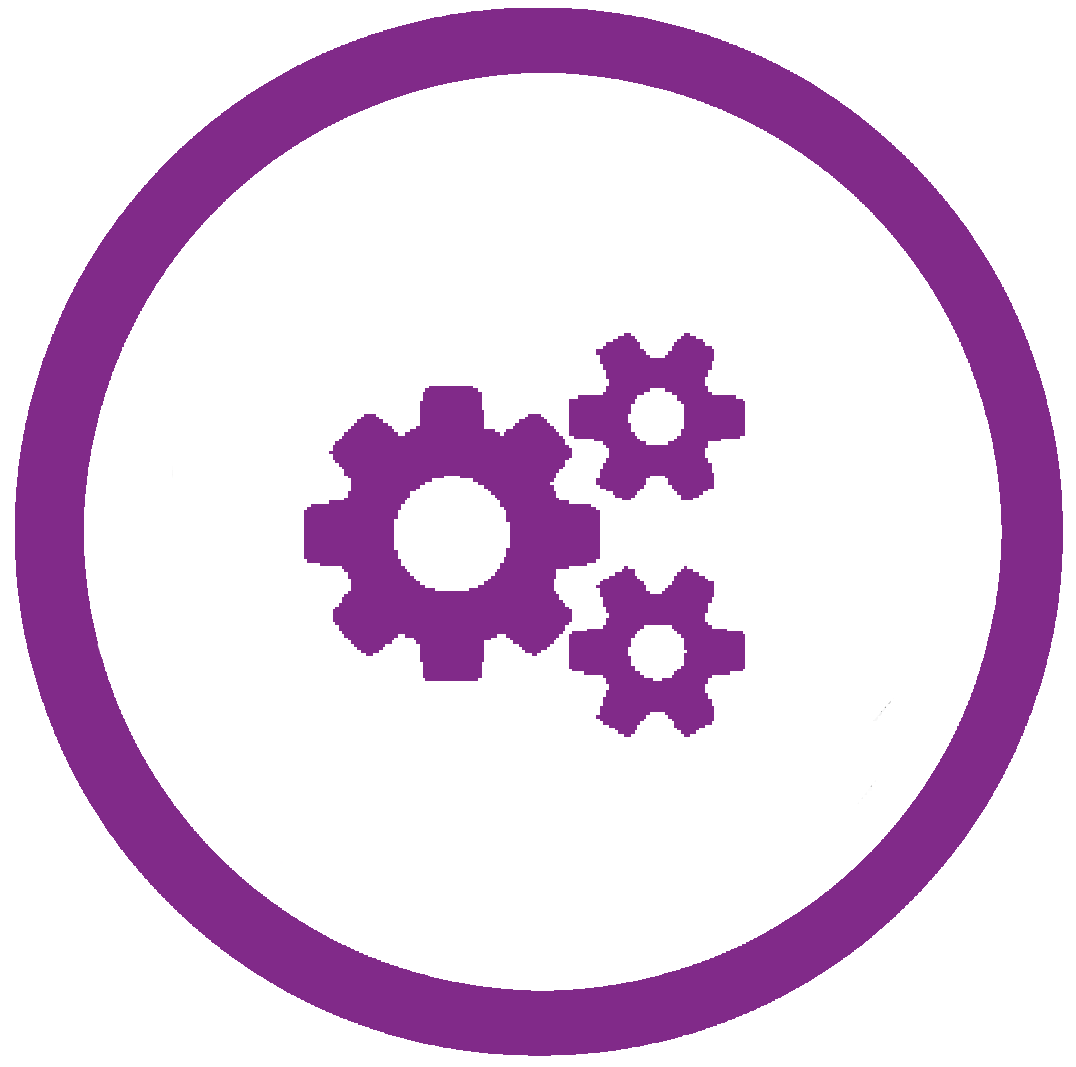
Recent Model Updates
HNN team has been working to improve CA dynamics in the L5 PN in the cortical template model, and an updated version of the model using the improved calcium dynamics was included in recent publication. To use this updated model and reproduce figures in the paper, follow the instructions listed here.Tutorials
References
- Jones, S. R., Pritchett, D. L., Stufflebeam, S. M., Hämäläinen, M. & Moore, C. I. Neural correlates of tactile detection: a combined magnetoencephalography and biophysically based computational modeling study. J. Neurosci. 27, 10751–10764 (2007).
- Jones, S. R. et al. Quantitative analysis and biophysically realistic neural modeling of the MEG mu rhythm: rhythmogenesis and modulation of sensory-evoked responses. J. Neurophysiol. 102, 3554–3572 (2009).
- Ziegler, D. A. et al. Transformations in oscillatory activity and evoked responses in primary somatosensory cortex in middle age: a combined computational neural modeling and MEG study. Neuroimage 52, 897–912 (2010).
- Lee, S. & Jones, S. R. Distinguishing mechanisms of gamma frequency oscillations in human current source signals using a computational model of a laminar neocortical network. Front. Hum. Neurosci. 7, 869 (2013).
- Sherman M, Lee S, Law R, Haegens S, Thorn C, Hamalainen M, Moore CI, Jones SR. (2016) Neural mechanisms of transient neocortical beta rhythms: Converging evidence from humans, computational modeling, monkeys, and mice. Proc. Natl. Acad. Sci.; (2016 Epub).
- Kohl, C., Parviainen, T. & Jones, S.R. Neural Mechanisms Underlying Human Auditory Evoked Responses Revealed By Human Neocortical Neurosolver. Brain Topogr 35, 19–35 (2022). https://doi.org/10.1007/s10548-021-00838-0
- Thorpe, R., Black, C.J., Borton, D.A., Hu, Li, Saab, C.Y., Jones, S.R. (2021) Distinct neocortical mechanisms underlie human SI responses to median nerve and laser evoked peripheral activation. bioRxiv 2021.10.11.463545; doi: https://doi.org/10.1101/2021.10.11.463545

